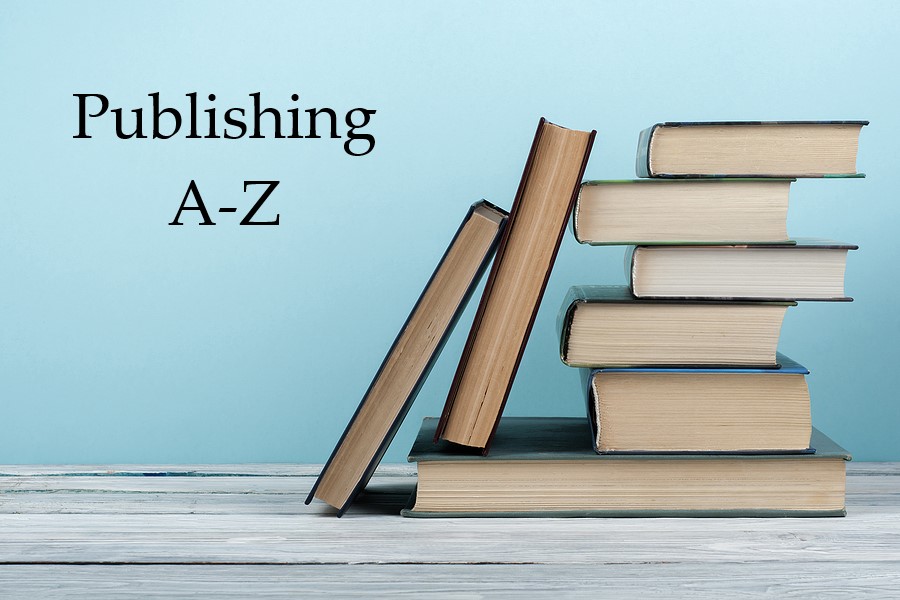We’re back on the topic of characterization. I’m getting close to wrapping up this topic and moving on to plotting, but I have a few more things to say about building characters. But for the moment, let’s summarize.
When starting a story, I come up with my main characters and write a short summary of what the story is about. Then I do a deep dive into who the characters are by doing character sketches. After that, I go even deeper, getting to know them by figuring out how their Most Painful Life Moment (MPLM) has shaped them into who they are when the story starts. I start fleshing out their goals and motivations. In other words, what’s driving them? And finally, I really get to know them by figuring out their personalities. What makes them tick? If you haven’t read these former posts, feel free to go back and start at the beginning.
Today, I want to take all of what we already know about our characters and talk about the “character arc.”
But what exactly is the character arc?
So glad you asked. The character arc is how your character is different by the end of the story. How did they change from beginning to the end? Super simple, right? In theory, yes, very simple. But it takes a lot of work and thought to get the character from point A to point B. 😊
However, the cool thing about this step in the story process is that if you’ve done the previous work, then this is kind of a walk in the park. If you haven’t done the previous work up to this point, then it might be a bit tougher, but definitely not impossible.
So, here we go. In crafting the character arc, the first step is to understand where you character begins. What is their normal, everyday life like? Who is he/she before the story opens? Well, if you’ve filled out the character sketch from the previous post, you know that.
You’ll definitely know step two, which is identifying their need/want. See post #4 if you don’t know what this is.
Next, you’ll need to know the inciting incident and how that challenges their normal, everyday life.
Then, as the story progresses and the character faces the challenges and conflicts that push them out of their comfort zone, you’ll have to decide—based on the personality test you gave them—how they’ll react to those challenge conflicts. And it’s in these reactions that you’ll reveal the character’s flaws and shortcomings. Which is great because this is all part of the arc as the character fails, then picks herself up to keep going.
Next, you have the character facing the black moment. They feel defeated, beaten down, at their “stick a fork in me cuz I’m done” moment. All is lost; and the character is now facing their biggest fears and flaws, searching for escape or the right decision to show they’re no longer the same person—that they’ve learned their lesson.
And here we arrive at the epiphany, the realization that the character comes to. The “I need to change” moment that reveals the true hero or heroine inside.
Armed with this new realization, the character has a confrontation with the main external conflict or the antagonist and they use their internal growth to overcome this final obstacle.
Congratulations, you’ve reached the end of the story with the character having undergone a significant change. And if it’s the hero or heroine, they’re a better person than when the story started.
Keep in mind, through all of this character arc building, you must stay true to the character you’ve created. Their motivations and actions should always be believable and consistent with their personality.
Think about your character arc in your current work in progress. If your story is finished, did your character change and grow? Does the reader see this as a natural progression throughout the story? Who are some of the most memorable characters you’ve read about or seen in a movie who have stuck with you through the years?
And I believe that will wrap up our characterization topic. Come back next time as we move on to conflict and how to really mess these lovely characters up in a major way.



 A Is for Attribution: And, With, or Ghost?
A Is for Attribution: And, With, or Ghost?

Lynette, reading this brought a question to mind…
And so, I have a question;
my mind just burns to know
if escaping your direction,
a minor character stole the show
and sauntered down another lane,
story arc beneath his arm?
Did this bring existential pain,
or, surprisingly, no harm?
Was this man of your creation
something of a surgeon,
who, against your protestation,
brought a better version
of that which you’d thought to relate,
and tipped the scale from good to great?
Lynette, thank you for this incredible walk through characterization. I have a character “bible” for my novels. I do a writeup on the details of the character, and then add in personality and the other things you mention. When dealing with multiple characters, I find this really helps me keep track of things, like what the person looks like, where and when he or she was born, and the like, This helps me deal with the fidelity and probability of the story, keeping things consistent. Thanks again for a great posting.